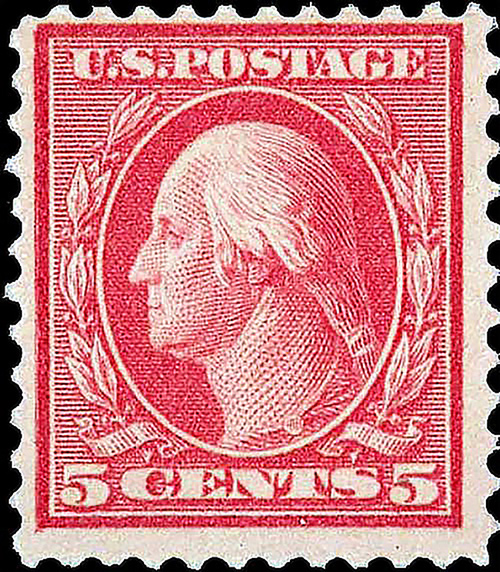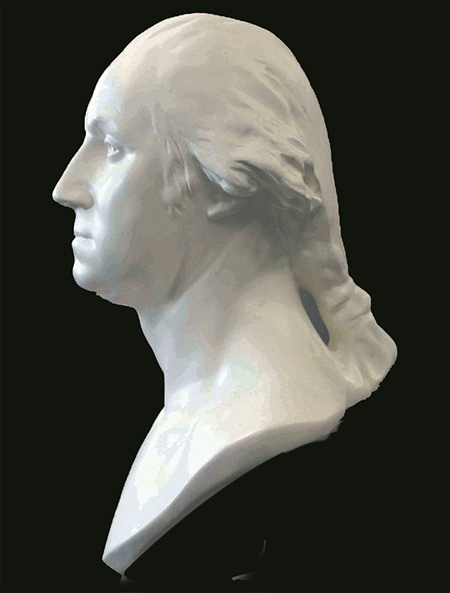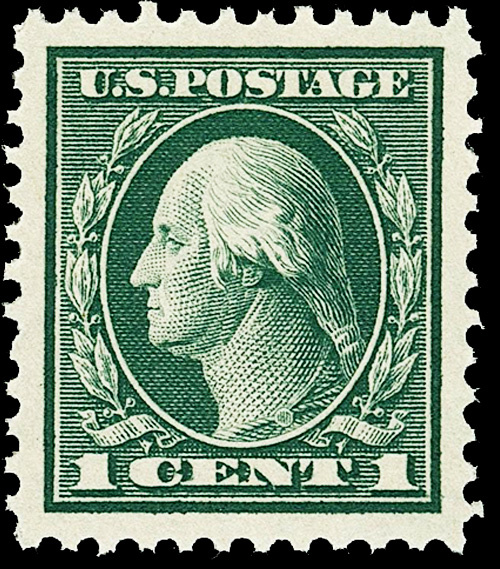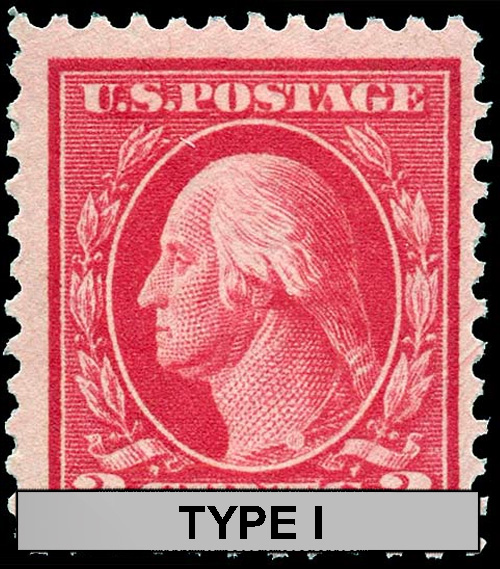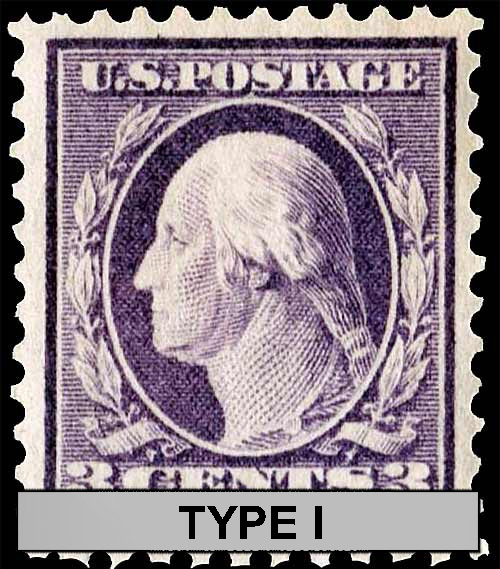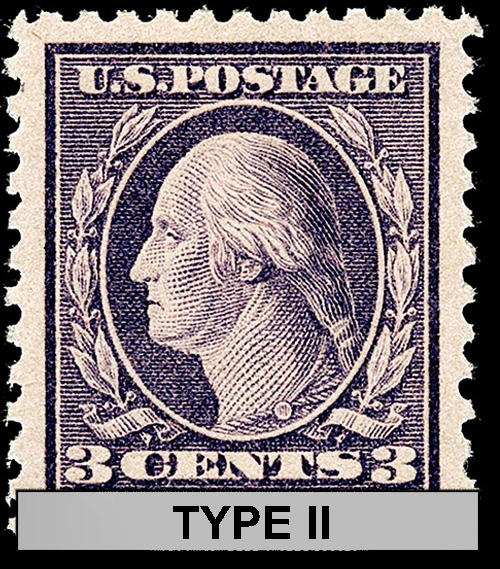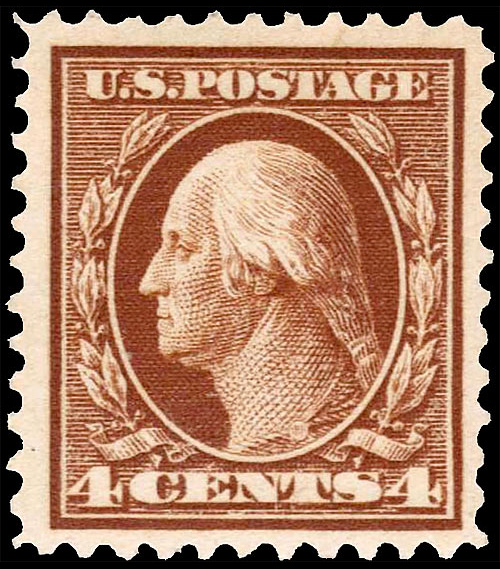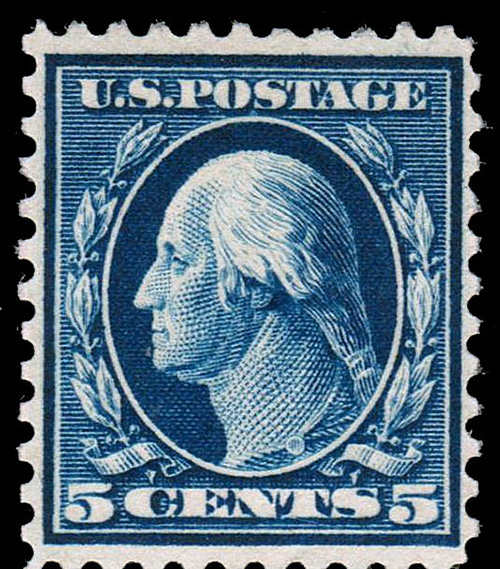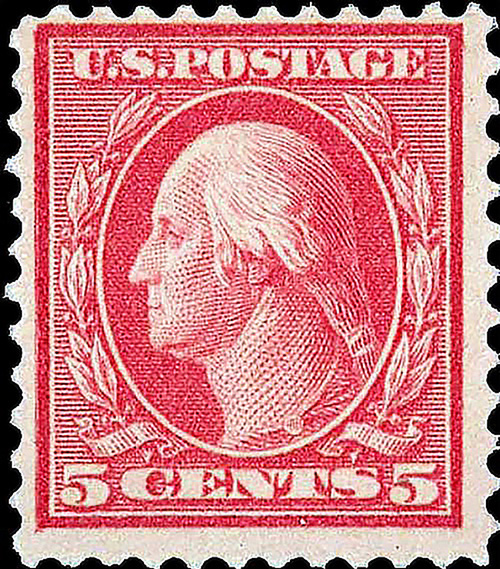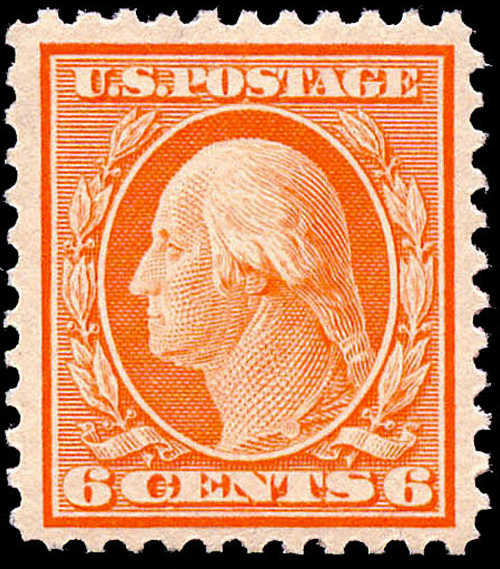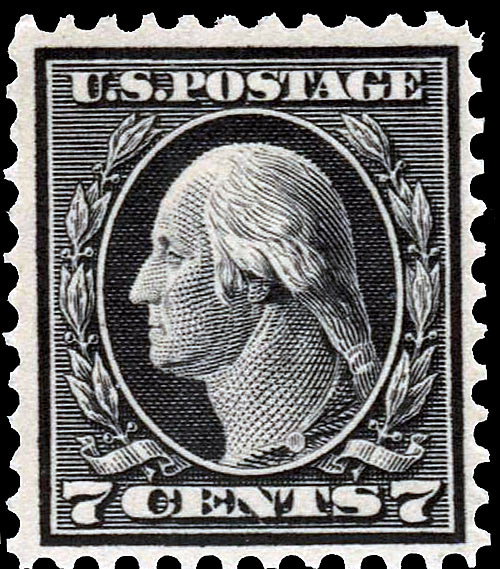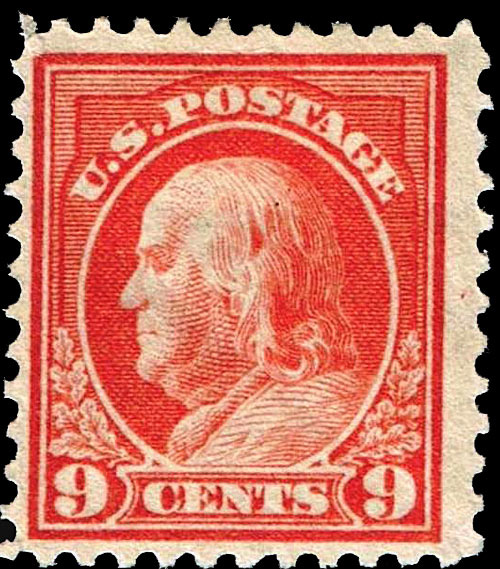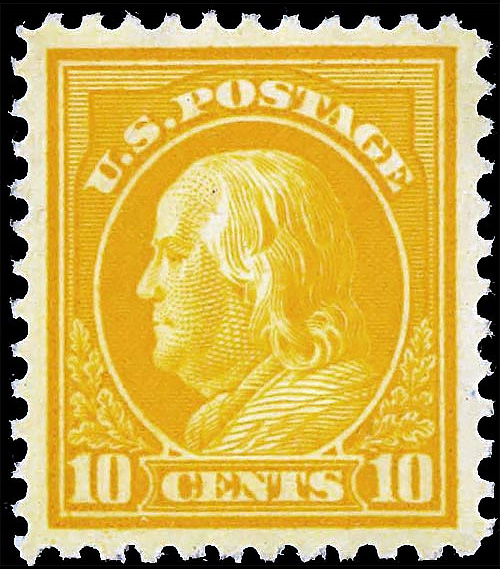Basic Info
5¢ Rose
Subject: George Washington
Printing Method: Flat Plate (see below)
Perforations: 11
Watermark: None
Scott #: 505
Issued: March 27th, 1917
Value
Used
$175 - $225
No postmark with gum (MH)
$175 - $225
Full perfect gum, no postmark
no trace of stamp hinge mark (MNH)
$350 - $500
Plate Numbers
#505 was issued with the following plate #'s
Number only
7942
There are no plate blocks as the stamps are located in the middle of the sheet
First Day Cover

A first day of cover of #505. March 27th, 1917
How this error occurred
I will try not to be technical on this. Plate 7942 was inspected for flaws before being put into use. As was usual with most plates small flaws were found and those stamp engravings that were defective replaced with perfect copies. Except in this case the stamp replaced was the engraving for the 5¢ stamp. The error was not noticed during proofing as the bureau was overworked during WWI. The bureau attempted to recall these, but too late. The perf 10 copies (#467) are much harder to come by than these perf 11 copies.
A Full Pane
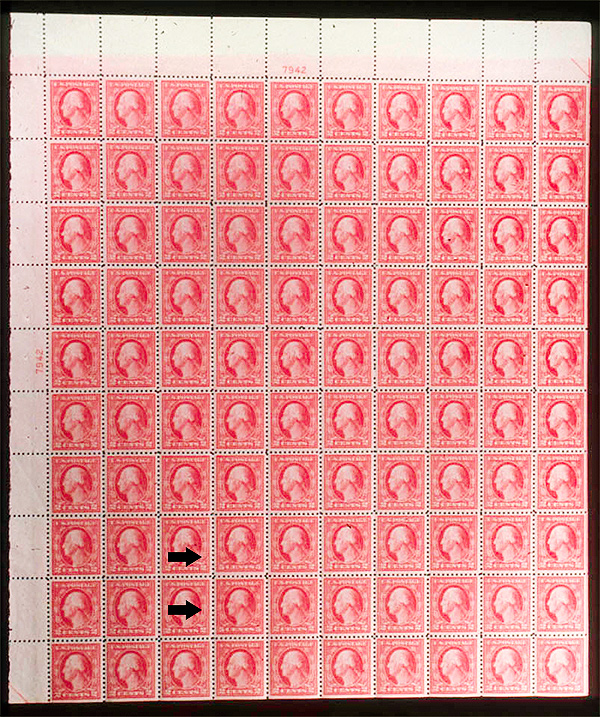
A pane of 100 of plate 7942, there were four panes to a sheet of 400. #505 is indicated with arrows on this image.
Flat Plate or Rotary Press?
As the curved plates of the Rotary press made the stamps slightly larger it is relatively easy to discern which stamp is flat plate and which is a rotary press stamp. First select any perf Washington Franklin stamp or the first issue Washington Franklin 1 cent or 2 cent. These are the stamps with the numbers one and two spelt out, instead of numbers being displayed. I chose the latter alternative as shown in the first image above.
Then cut out squares at each corner. As shown in the second image above. Placing the stamp you wish to test under your cut out stamp you can see if the frame lines match. If, as in the last image shown above the frame lines are outside the top stamp in either the top, bottom or sides then you have a rotary stamp. If the lines are in the same place, as shown in the third image, you have a flat plate stamp.
This test works with any value stamp.
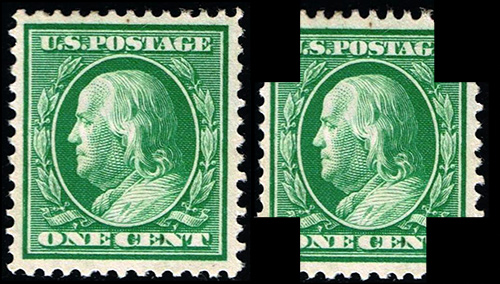
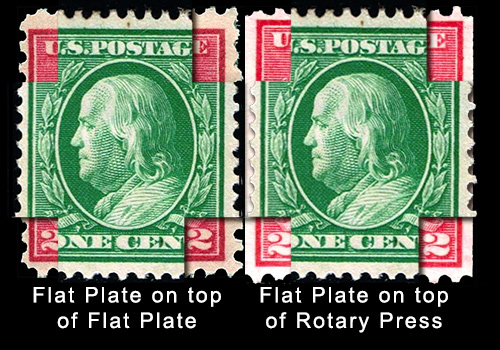
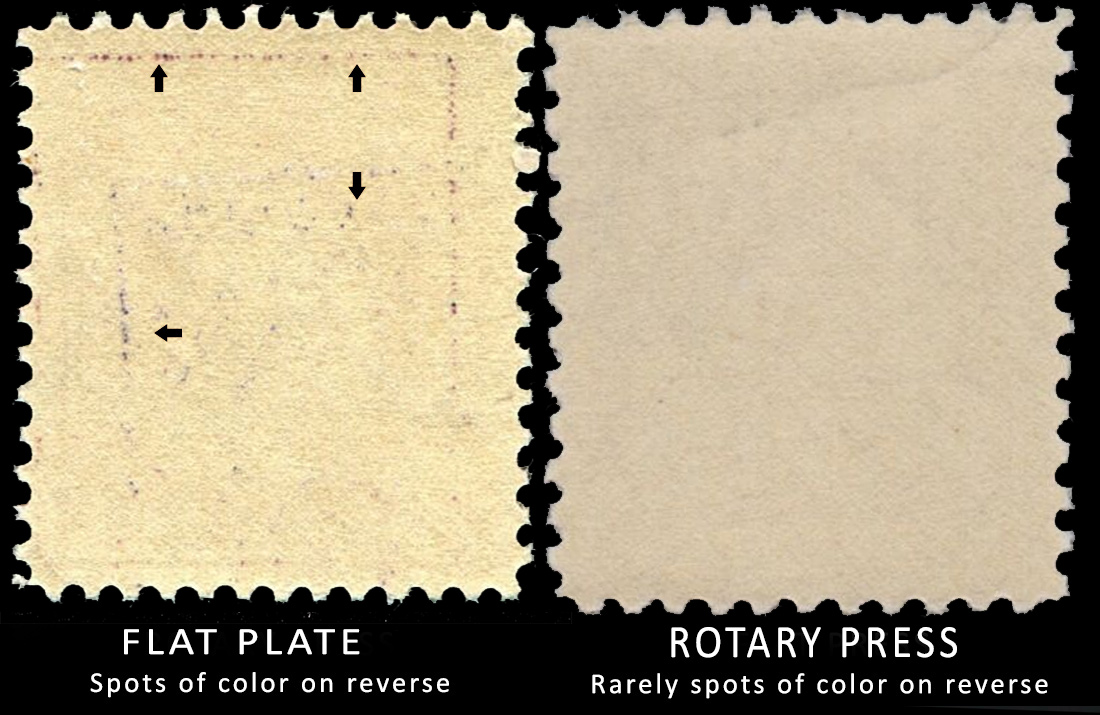
The image above left is a perfect example of the reverse of a flat plate stamp. The flecks of ink on the reverse can be found on flat plate stamps and are rare on rotary press stamps. The cause of the flecks of ink is that during the flat plate process the sheets were placed on top of each other before the ink had a chance to dry properly.
